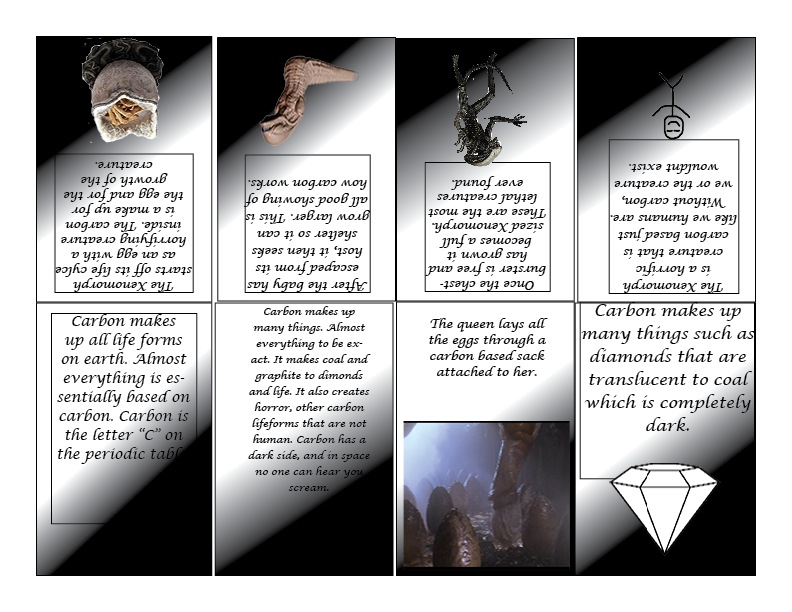Organic carbon is a crucial component and a source of energy stored in carbon bonds and used by all living beings. Organisms (called autotrophs) extract carbon from the air in the form of CO2 converting it into organic carbon and building nutrients. Using the sunlight’s energy plants and plankton absorb and combine CO2 and water to form sugar (CH2O) and oxygen: CO2 + H2O + energy = CH2O + O2. Glucose, fructose, and other sugars, through processes such as respiration, create fuel for further metabolic processes. Plants can break down the sugar to get the energy. Other organisms (called heterotrophs) cannot fix carbon and must obtain organic carbon by consuming other organisms.
In chemical reactions, also those involving carbon, matter releases or absorbs energy. For example, energy release in the form of heat or light happens when methane CH4 is combusted in the presence of oxygen O2 into carbon dioxide CO2 and water H2O (CH4 + 2O2 > CO2 + 2H2O + energy). Energy absorption happens for example, during electrolysis of water, when water H2O plus energy changes into hydrogen H2 and oxygen O2 (2H2O + energy > 2H2 + O2).
Animals (including people) can get energy from breaking down the plant or plankton sugar; they have to eat it first. Nutrition consumed by animals provides compound substances for further processing. Oxygen combines with sugar to release water, carbon dioxide, and energy: CH2O + O2 = CO2 + H2O + energy. Then, carbon (as CO2) returns to the atmosphere because plants and plankton die and decay, bacteria decompose dead organisms, or fire burns out plants. Such chemical reactions may explain why compost, a decomposed and recycled organic matter used as a fertilizer, releases heat during breaking down the organic materials.
We are all made of carbon (and of water as well). Carbon is second element (18% by mass) after oxygen (65% by mass) that makes human body. Human cells, which consist of 65-90% water, are apart of it composed of organic molecules containing carbon.

